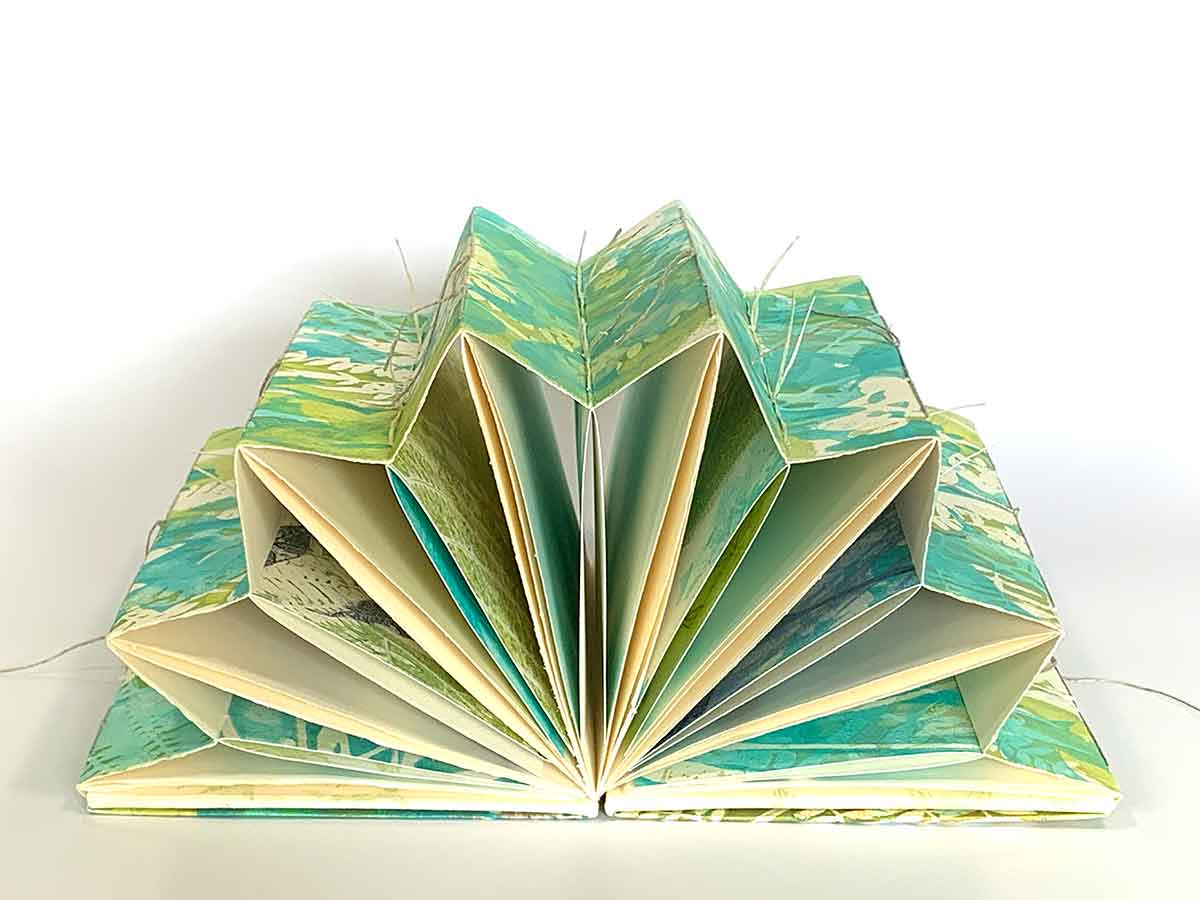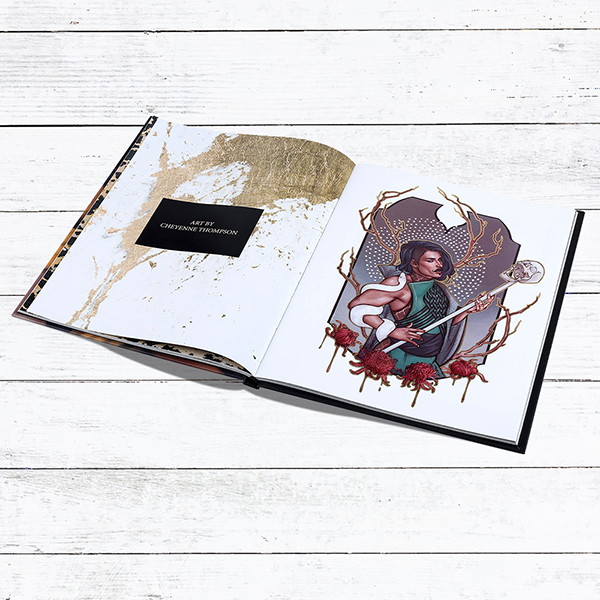What Makes a Great art book? Explore the Core Elements
What Makes a Great art book? Explore the Core Elements
Blog Article
Discover the Crucial Guide to Art Book Printing for Aspiring Artists and Publishers
As an ambitious artist or publisher, recognizing the nuances of art book printing is vital to bringing your vision to life. You'll need to take into account numerous elements, from choosing the ideal sort of book to making sure shade accuracy and picking suitable products. Each choice impacts the final product substantially. What are the essential components you should concentrate on to create a sensational art book that really represents your job?
Understanding Various Kinds Of Art Books
When you plunge into the globe of art publications, you'll swiftly find that they are available in numerous types, each customized to various creative expressions and target markets. Coffee table books usually display magnificent visuals, ideal for informal surfing, while essays dive deep right into an individual musician's job, offering context and insights. If you're interested in particular art activities, event magazines supply detailed documentation of shows, featuring essays and critiques.
For instructional objectives, art manuals and strategy publications assist you with numerous tools and designs, making them crucial for aiming artists. Minimal version or musician publications obscure the lines in between art and literature, typically including one-of-a-kind style components or hand-crafted features. Comprehending these types aids you establish what reverberates with you and what could best suit your target market. Each layout offers its function, and knowing their distinctions can boost your art book journey.
Picking the Right Paper and Products
Selecting the ideal paper and materials can substantially impact the general top quality and feeling of your art book. For vibrant colors and detailed information, opt for a shiny surface or a heavyweight matte paper that improves aesthetic deepness.
Consider the weight of the paper, also. Thicker choices commonly offer an even more professional appearance, while lighter papers can lower printing costs. Do not ignore the binding products; a durable cover can safeguard your web pages and include in guide's visual.
Finally, think about sustainability. Green alternatives are getting appeal and can show your values as an artist. By meticulously picking your paper and products, you'll ensure that your art book not only looks excellent but likewise feels special in the hands of your viewers.

Selecting the most effective Printing Strategies
When it pertains to printing your art book, selecting between balanced out and digital printing can greatly affect your final product. You'll also wish to consider just how paper high quality influences the general look and feeling of your artwork. Allow's explore these crucial printing techniques to locate the finest fit for your job.
Offset vs. Digital Printing
While both countered and electronic printing have their benefits, picking the right strategy for your art book can substantially impact the final item. Balanced out printing uses top quality pictures and dynamic colors, making it optimal for larger print runs. Inevitably, your choice should align with your imaginative vision and circulation approach, guaranteeing that your art book shows the high quality you prefer.
Paper High Quality Considerations
Choosing the right paper high quality can considerably improve the visual allure and responsive experience of your art book. Begin by thinking about the weight and texture of the paper. Heavier paper typically feels even more extravagant and can much better display vivid colors and elaborate information. For prints, a shiny surface can make images pop, while a matte finish offers a softer, more refined look. Do not forget the paper's brightness; brighter sheets can enhance shade accuracy and comparison.
Next, think of the sustainability of your choice. Eco-friendly choices are coming to be progressively popular and can attract environmentally-conscious readers. Demand examples to see how different documents function with your artwork, making sure the final product mirrors your vision perfectly.
Making Certain Shade Precision in Your Prints
To achieve sensational prints, you require to concentrate on color precision from the start. You'll wish to utilize color calibration methods to validate your display and printer are in sync. Furthermore, proofing your job prior to the final print run can aid catch any type of disparities, assuring your art looks just as you pictured.
Shade Calibration Techniques
Assuring shade accuracy in your prints starts with effective shade calibration techniques that help maintain consistency in between your digital pictures and last printed items. Next off, pick a color account matched for your printing procedure, like CMYK for print products. By regularly applying these strategies, you'll boost the general quality of your art prints and much better communicate your creative vision.
Proofing for Precision
While you may believe your electronic photos await print, proofing is crucial for achieving shade precision. Before committing to a complete print run, always request an evidence from your printer. This permits you to see just how shades convert from display to paper. Compare the evidence with your adjusted screen to find any type of inconsistencies. Take notice of saturation, brightness, and hue, as these variables can drastically influence your end product.
If adjustments are needed, interact plainly with your printer about your preferred end results. Do not wait to request several evidence if essential; it's worth the investment to get it. Ultimately, complete proofing guarantees that your artwork is represented as you envisioned it, keeping your artistic integrity throughout directory the printing process.

Creating Layouts That Enhance Your Art Work
When you create formats for your art book, it's necessary to contemplate just how each element connects with your artwork. Objective for a balance in between visuals and message, making sure neither eclipses the other. Usage white space purposefully; it offers your art work space to breathe and accentuates description its details.
Think about the circulation of your book. Arrange images in a method that guides the reader's eye, producing a narrative or thematic progression. art book. Differ the sizes and positionings of your artwork to maintain the design vibrant and intriguing
Select font styles that match your art work without distracting from it. Keep text concise and relevant, supplying context or insight that enhances the visitor's experience.
Lastly, test various formats. Print examples to see exactly how the layouts translate on paper, and readjust as needed. By attentively designing your formats, you'll produce a visually appealing art book that reverberates with your audience.
Binding Alternatives for an Expert End Up
Picking the right binding alternative can significantly impact the total discussion of your art book. You'll want to consider both appearances and sturdiness when making your choice. Popular options consist of perfect binding, which supplies a sleek look and is excellent for thicker publications; saddle stitching, ideal for smaller brochures; and spiral binding, which allows pages to reference lay flat for simple watching.
If you're going for a costs feeling, situation binding is an exceptional choice, offering a sturdy cover and an expert appearance (art book). Do not ignore the cover material; alternatives like towel, natural leather, or a glossy coating can boost your book's appeal
Whatever alternative you select, see to it it enhances your art work and enhances the visitor's experience. Take your time to evaluate the pros and disadvantages of each method, so your last product reflects the quality of your innovative vision.
Preparing Your Declare Print Preparedness
To assure your art book is print-ready, you'll need to pay attention to submit preparation. Start by establishing your file size to match your wanted print measurements. Usage high-resolution pictures-- 300 DPI is the standard-- to identify sharp, dynamic visuals. Transform your data to CMYK mode, as this color room is ideal for printing. Don't fail to remember to include bleed areas, generally an added 0.125 inches around your pages, to stop any kind of white edges after cutting.
Likewise, embed your fonts or transform message to outlines to prevent any typeface problems. Save your job in a PDF format, as this is one of the most approved data kind for printers. Verify your apply for any kind of typos or format errors, as adjustments can be costly after the reality. Consider creating a proof to review before the final print run. Adhering to these actions will certainly help you attain a polished, expert art book.
Frequently Asked Concerns
What Is the Average Cost of Publishing an Art Book?
The standard expense of publishing an art book differs, but you can expect to pay anywhere from $5 to $20 per duplicate, depending upon elements like dimension, paper quality, and printing quantity.
Exactly How Can I Locate a Reliable Printing Firm?
To discover a dependable printing company, start by investigating on-line reviews and asking other artists for referrals. Compare quotes, inspect portfolios, and connect your demands plainly to assure they recognize your vision and quality expectations.
What Is the Common Turnaround Time for Printing?
The regular turnaround time for printing differs but typically varies from one to four weeks. Elements like job complexity and quantity can affect this. Constantly confirm with your selected printer for certain timelines and expectations.
Can I Publish My Art Book in Limited Quantities?
Yes, you can certainly publish your art book in restricted amounts. Several printing business offer short-run options, allowing you to produce simply the number you require, making it much easier to handle expenses and supply.
What Lawful Considerations Should I Know for My Art Book?
You must take into consideration copyright, licensing arrangements, and model launches when creating your art book. Make sure you have the right to use all images and message, securing on your own from potential lawful problems in the future.
Report this page